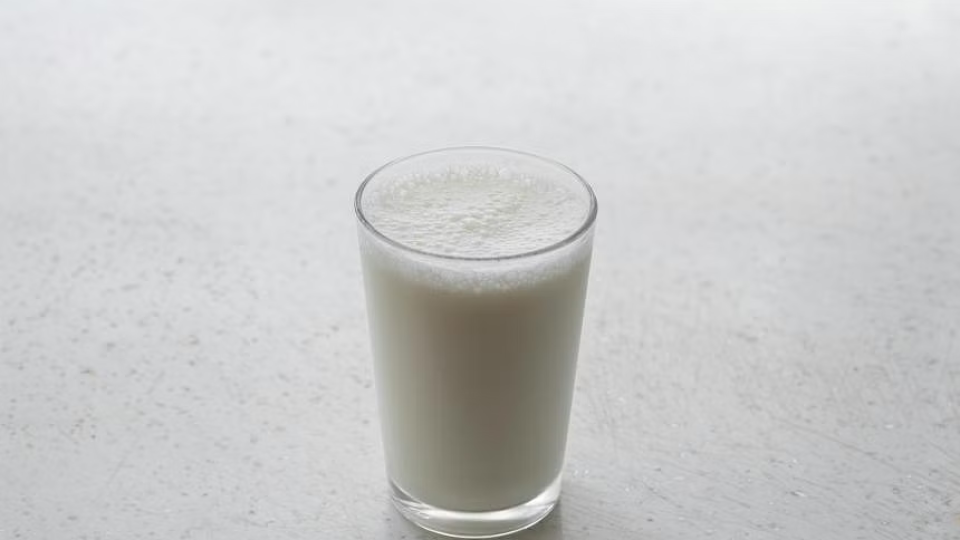May 20, 2024
SINGAPORE – Dairy products from the United States are safe for consumption, despite the highly contagious H5N1 bird flu strain spreading among dairy cows in the country since the end of March.
The Singapore Food Agency (SFA), which oversees food safety and security in Singapore, told The Straits Times that there is no evidence to date that bird flu can be spread to humans through the handling or consumption of thoroughly cooked food.
Food products imported into the Republic must meet food safety requirements and import conditions, said an SFA spokeswoman.
“All imported milk must also undergo heat treatment processes, such as pasteurisation, that have been shown to be effective in killing bacteria and viruses, including the influenza virus.”
The spokeswoman verified that in March, the US Department of Agriculture’s (USDA) Animal and Plant Health Inspection Service confirmed the detection of bird flu – also known as the highly pathogenic avian influenza – in dairy cattle herds in New Mexico, Texas, Kansas and Michigan. The virus was detected in samples of unpasteurised milk from older, sick lactating cows.
In an interview with American broadcaster Public Broadcasting Service on May 16, evolutionary biologist Michael Worobey from the University of Arizona said he believed the jump of the virus from birds to cows happened between mid-November 2023 and mid-January 2024.
This was corroborated by a new research paper, funded by the USDA, Centres for Disease Control and Prevention, and the National Institute of Allergy and Infectious Diseases.
The USDA believes that wild birds, which can carry the virus, passed it to cattle in Texas. The outbreak then expanded as cows were shipped to other states.
“Data supports a single introduction event from wild bird origin virus into cattle, likely followed by limited local circulation for approximately four months prior to confirmation by USDA,” the paper said.
The USDA said there were confirmed cases of bird flu in dairy cattle in nine American states, and the latest development was that a Texas dairy farmworker caught bird flu from a cow.
US scientists confirmed that it is the first time that a human has contracted the virus not from a bird, but a cow, and this finding was published in The New England Journal of Medicine in early May.
The US health and food safety authorities said the case did not change the risk for the public, which remained low.
The US Food and Drug Administration (FDA), which has been evaluating milk from affected animals, said on April 23 that it had found bird flu viral particles in some samples of pasteurised milk, but that the commercial milk supply remains safe.
Pasteurisation is the process by which foods, such as milk and fruit juice, are treated with heat to eliminate pathogens and extend shelf life.
Professor William Chen, director of the Food Science and Technology Programme, and the Future Ready Food Safety Hub at the Nanyang Technological University, told ST that the pasteurisation process currently applied on dairy products worldwide is effective in inactivating or killing pathogens, including the bird flu virus.
“Heating in the pasteurisation process changes the shape or structure of the external envelope of H5N1, (and this) affects the ability of H5N1 to infect, even though the virus genetic materials could still be detected,” he noted.
“It is important to know that the detection of virus genetic materials in the dairy products does not mean that the virus is still infectious,” he said, adding that as a precaution, it is still prudent to consume pasteurised dairy products.
Prof Chen also noted that the food safety procedures and guidelines of the FDA are “very robust and trusted worldwide”.
But he added that what may need to be established is how H5N1 genetic materials came to be detected in cow milk.
“Enhanced safety measures may be introduced based on the ongoing investigation to identify the source of H5N1 contamination and/or its mechanism of transmission to cows, other animals, and even human beings,” he said.
“Sending the pathogen for high-security testing (in Britain) could be part of further investigation to understand the source of H5N1 contamination.”
According to the US International Trade Administration, America was the third-largest exporter of dairy products to Singapore in 2022, after New Zealand and Australia.
There was a 12 per cent increase in imports of US dairy products from US$105 million (S$141.3 million) in 2021 to US$118 million in 2022.
The SFA spokeswoman said food safety is a joint responsibility.
“While SFA puts in place and enforces the regulatory measures, food importers must also maintain high food safety standards by complying with (our) requirements,” she said.
Consumers can play their part by adhering to good food safety practices, such as eating and drinking dairy products made from milk that has undergone heat treatment, she added.
When asked if Singaporeans should switch to consuming dairy products from other countries just to be safe, Prof Chen said the heating during pasteurisation is usually effective in eliminating all germs in raw milk.
“With this understanding of food safety, consumers should make their (own) choices of sources,” he added.

